What is a Bluetooth tracker?
It’s a small gadget that you attach to your belongings and connect to your phone using Bluetooth. It helps you track your things and locate them by ringing when they...
Technology
Expected read time: 4 min
Fresh finding tips delivered straight to your inbox!
Our phones aren’t just devices to call your mom anymore, in the past 10 years they transformed into our personal assistants, source of entertainment, and will provide us with almost any information we need with just a short internet search.
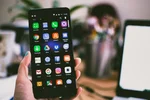

Their battery power tripled since the 2000s but the amount of power they consume to keep up with everything we do has also increased exponentially.
And on top of that, in recent years, we also started connecting our phones to different wireless devices using Bluetooth and Wi-Fi.
Ever since Bluetooth was added to cell phones, there is a persistent myth that it drains your phone’s battery power.


Having Bluetooth turned on all the time won’t drain your battery any more than having Wi-Fi on when you’re not connected to a network directly.
This widespread misinterpretation has a lot of people turning off their Wi-Fi and Bluetooth when they are not actively using them, to save their phone’s battery power.
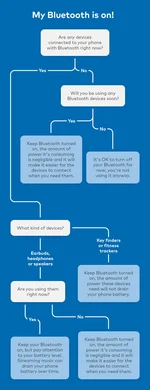

The problem with this false fact is that Bluetooth only uses your phone’s battery when it is being actively used. And even then, thanks to Bluetooth Low Energy (BLE), the consumption is negligible (between 1 – 3 % per day).
BONUS TIP: This one is unrelated to Bluetooth, but if you’re looking for an easy way to save as much phone battery as possible, dim your screen.
This false information comes from the time when Bluetooth was first added to phones in the late 90s.
But just like our phones, Bluetooth has also seen tremendous advances in the last 20 years.
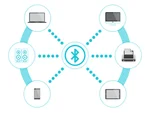

The first version of Bluetooth from the 90s is today known as standard Bluetooth.
In 2010 it was upgraded to a new version known as Bluetooth 4.0 that brought better connection stability and even more importantly, extremely low battery consumption (Bluetooth Low Energy or BLE for short).
These two versions exist on your phone together, but each one is used for different purposes.
BLE is used for gadgets with low energy requirements, like the Chipolo key finder.
Classic Bluetooth is used for gadgets that need a steadier connection, for example, earbuds that stream music.
That depends on what gadget you’re connecting to your phone via Bluetooth.
Devices like key finders and fitness trackers use negligible amounts of power.
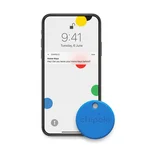

Generally speaking, such devices use between 1 to 3 % of your available battery power. They are designed to send tiny packets of information via Bluetooth in intervals to save battery on your phone as well as on the gadget itself.
Devices like earbuds or portable speakers that stream music will use a lot more power since they demand a constant quality connection.
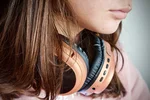

If your phone’s battery is being drained and you feel Bluetooth might be the reason, our advice is to keep track of what Bluetooth devices you are actively using when the battery drains.
Not all Bluetooth devices use the same Bluetooth version and amount of power and this will help you determine which device is the culprit.
It’s a small gadget that you attach to your belongings and connect to your phone using Bluetooth. It helps you track your things and locate them by ringing when they...

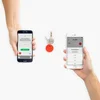
Even if you’re not familiar with item trackers, chances are you need one. Here are some differences between Bluetooth trackers and GPS trackers to help you decide...
Smart tracking tags connect to your phone using different technologies like BLE, GPS, and UWB, to help you keep an eye on your belongings.
Join our newsletter to get 10% off Chipolo POP, plus get weekly updates on deals, tracking tips and tricks, and a dash of fun.